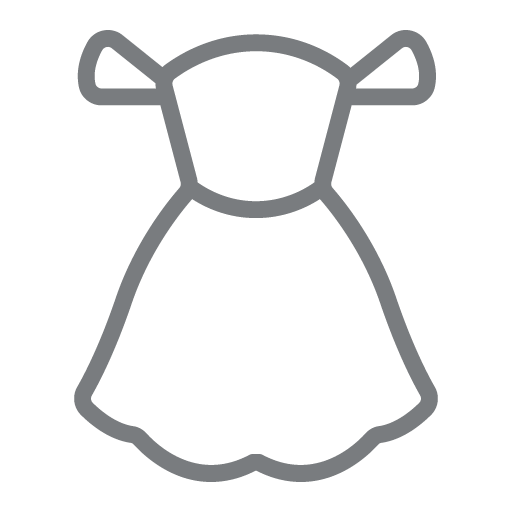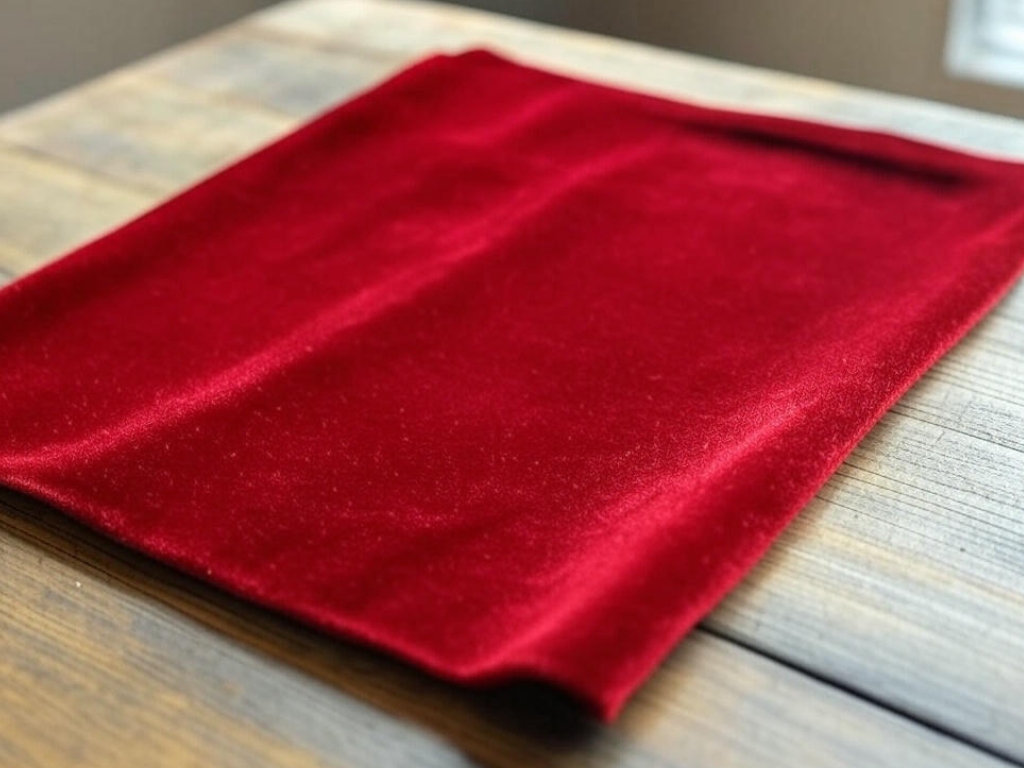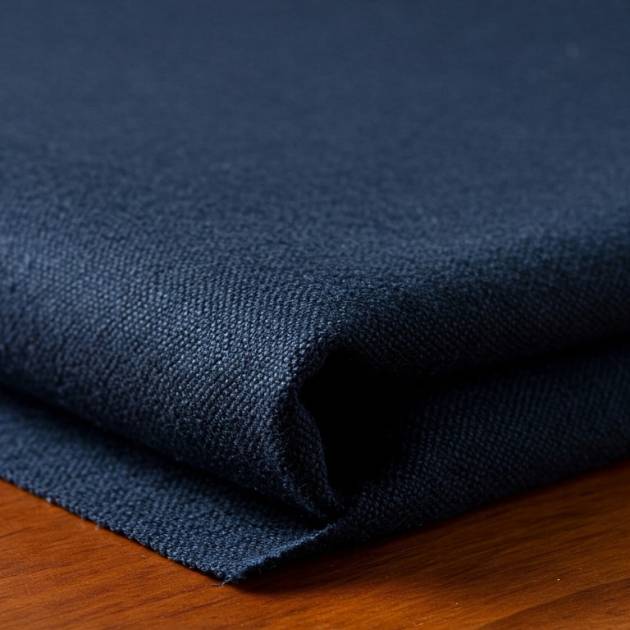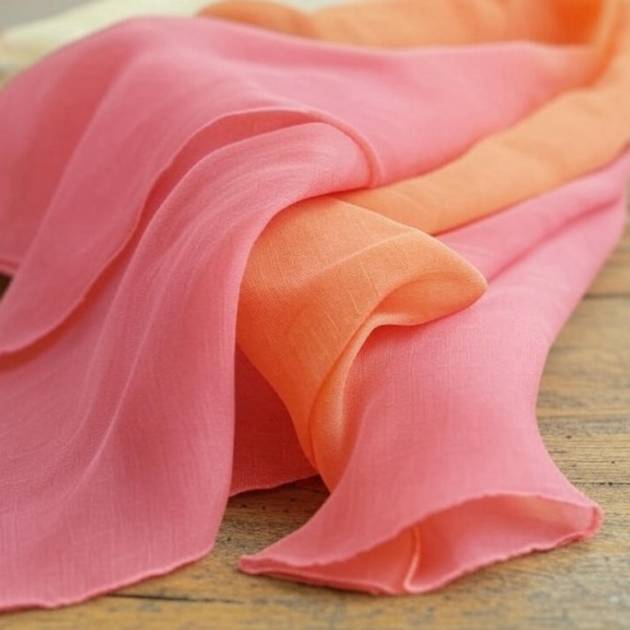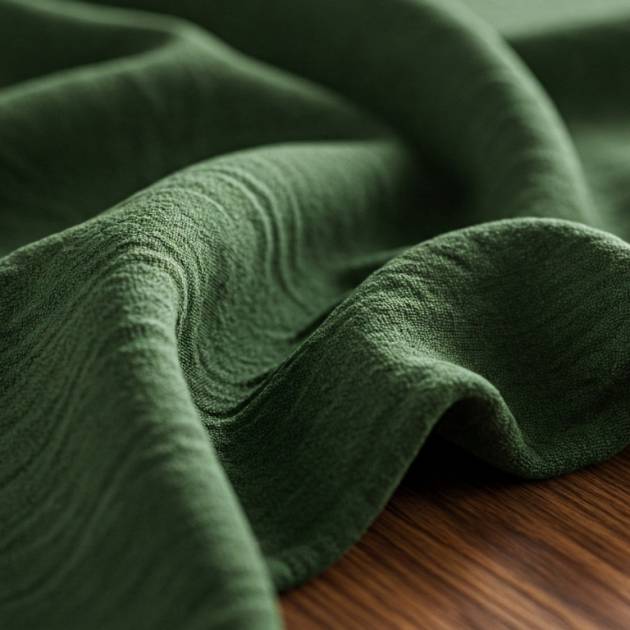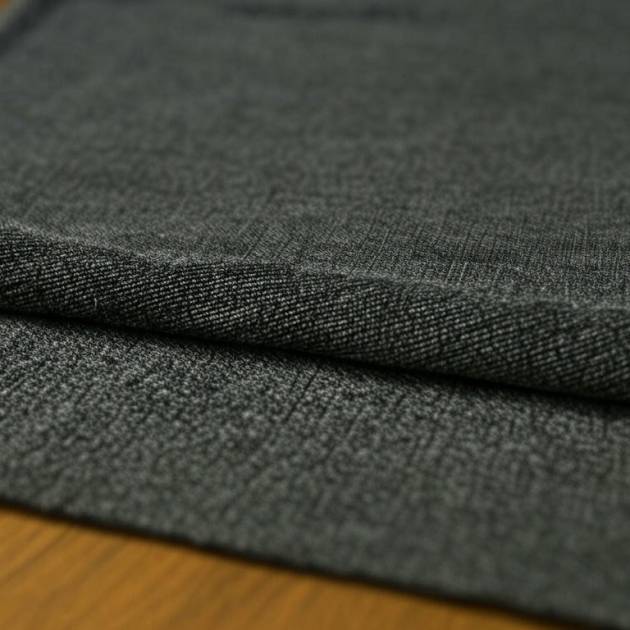Product History
Velvet’s history dates back to the medieval period, where it was a symbol of wealth and power, often worn by kings, queens, and clergy. Renaissance velvet, adorned with intricate embroidery and precious threads, was a hallmark of luxury. King Richard II of England famously requested to be draped in velvet after his death, cementing its association with royalty. By the 20th century, velvet transitioned into mainstream fashion, appearing in everything from elegant gowns to contemporary blazers.
Today, velvet remains an enduring icon of sophistication, celebrated for its plush texture and timeless elegance. Whether used in fashion or home décor, it continues to evoke feelings of grandeur and opulence.
Product More Info
Velvet is made using a pile weave technique, where loops of extra threads are woven into the fabric base and then cut to create the soft, dense pile. It is traditionally crafted from silk but can also be made with fibers like cotton, rayon, polyester, or blends for increased durability and affordability.
